You can use a handheld vacuum cleaner to control pest insects in your garden. Who knew?
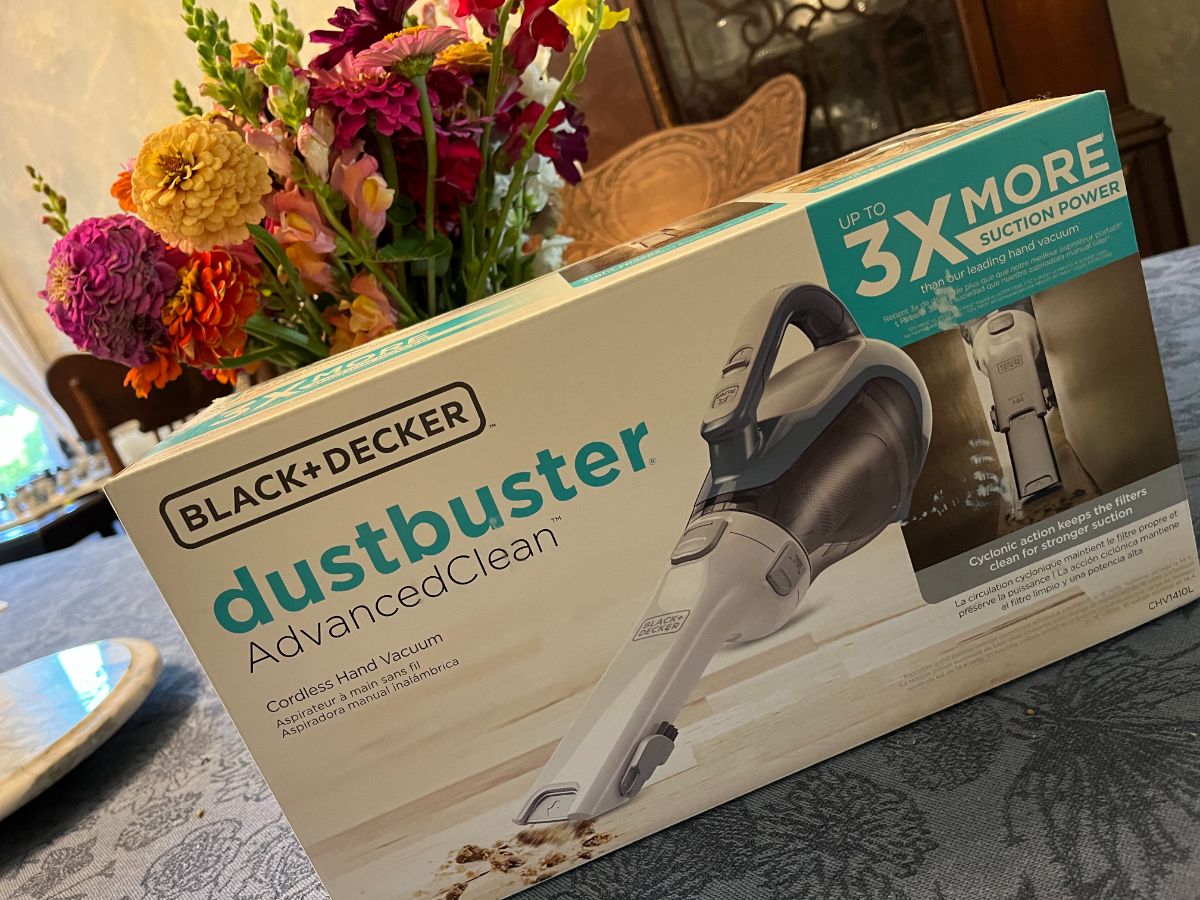
This beetle-busting hack will help you control all sorts of bad bugs in your garden—while leaving the good guys to do their best work.
Jump to:
- Why Use a Handheld Vacuum for Garden Bug Control
- How to Use a Handheld Vacuum to Kill Harmful and Chewing Garden Insects
- Pest Collection
- Killing Insect Pests
- Tips for Using a Hand Vac for Garden Insect Control
- Features to Look for in an Insect Vacuum
- Is there a downside to using handheld vacuums and insect vacuums for garden pest control?
- The Future of Controlled Garden Pests
Why Use a Handheld Vacuum for Garden Bug Control
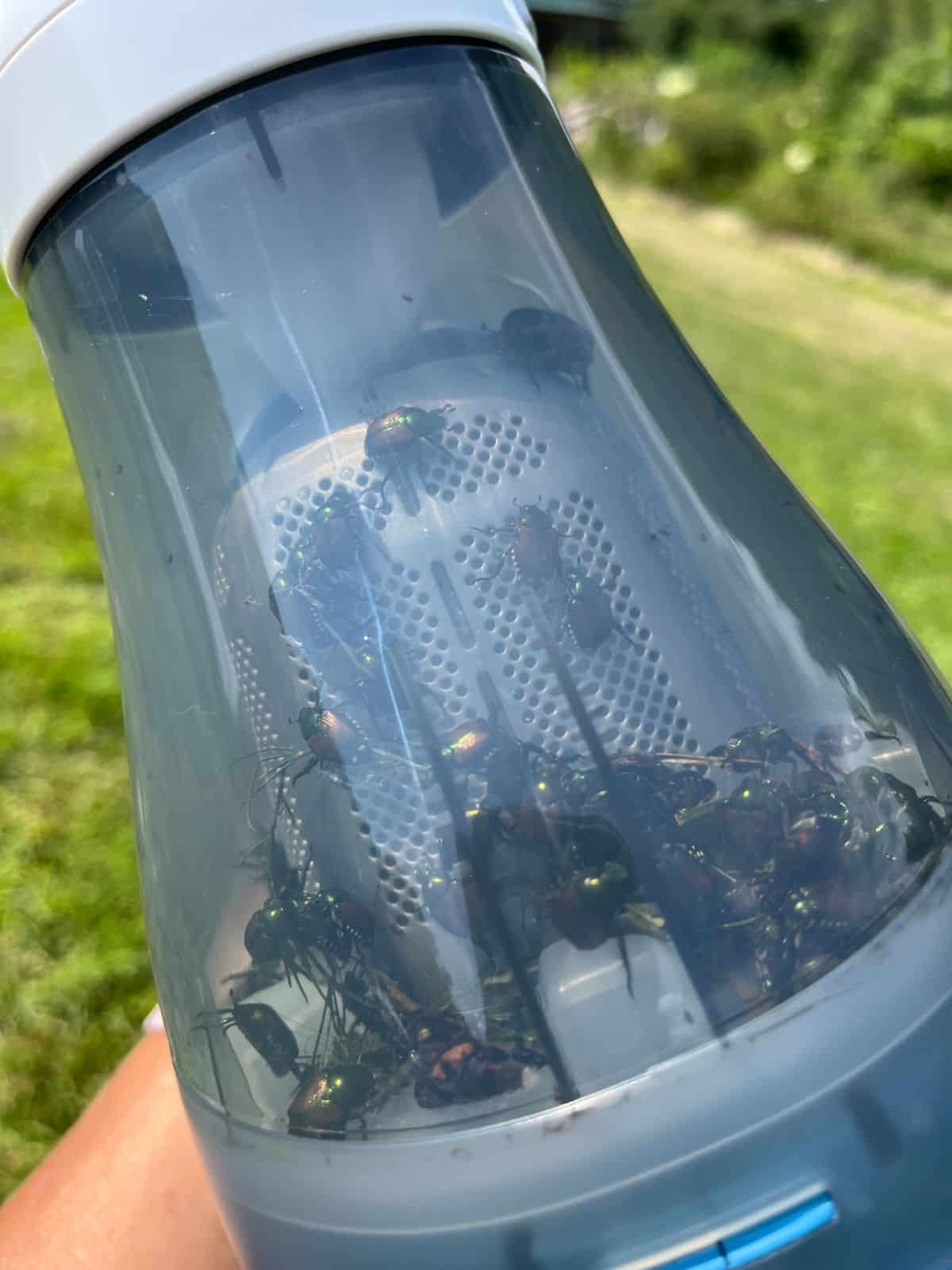
There are several benefits to using this practically harmless method of organic bug control in your yard and garden:
- Target only “bad” bugs
- Protect pollinators, including hummingbirds, butterflies, and bees
- Protect beneficial and parasitic insects like ladybugs, lacewings, and parasitic wasps
- Capture and kill harmful insects without using any harmful chemicals or pesticides
- Captures a variety of insects, large and small (you can even pull off worm-type larvae)
- Reusable
- Affordable
- No costly chemicals, sprays, or products to buy
- It's totally organic
- Reduces exposure to pesticide products for beneficial bugs
- Immediate insect control
- Increases beneficial insect populations
- Completely safe for children and animals
- Works very well with trap crop companion planting
With a vacuum as your primary pest control, beneficial insects and pollinator populations can gain a solid foothold and increase over time. This happens when beneficial insects have less competition for resources and also because this practice reduces the use of pesticides and products that indiscriminately kill both good and bad bugs.
Pest insects are whisked away, leaving beneficial insects to thrive in a garden that is perhaps completely freed from pesticides or at least sees a reduced use of products that can kill pollinators and beneficial insects.
You may find that over time you can vacuum and/or apply products less often because it will be the beneficial insects that are taking over. Damaging insects decline in numbers because adults are not there to lay the next generation of eggs, limiting future generations.
This method is completely safe to use around children and pets. In fact, you could enlist the help of children to keep garden pests under control with this method (just make sure they know the good bugs from the bad or assign them to only collect a specific type of insect that they know very well).
This could be a good way to keep kids constructively occupied while you work in the garden. Take it a step further and give them an insect book or insect identification app and have them identify and list all the bugs they collected.
How to Use a Handheld Vacuum to Kill Harmful and Chewing Garden Insects
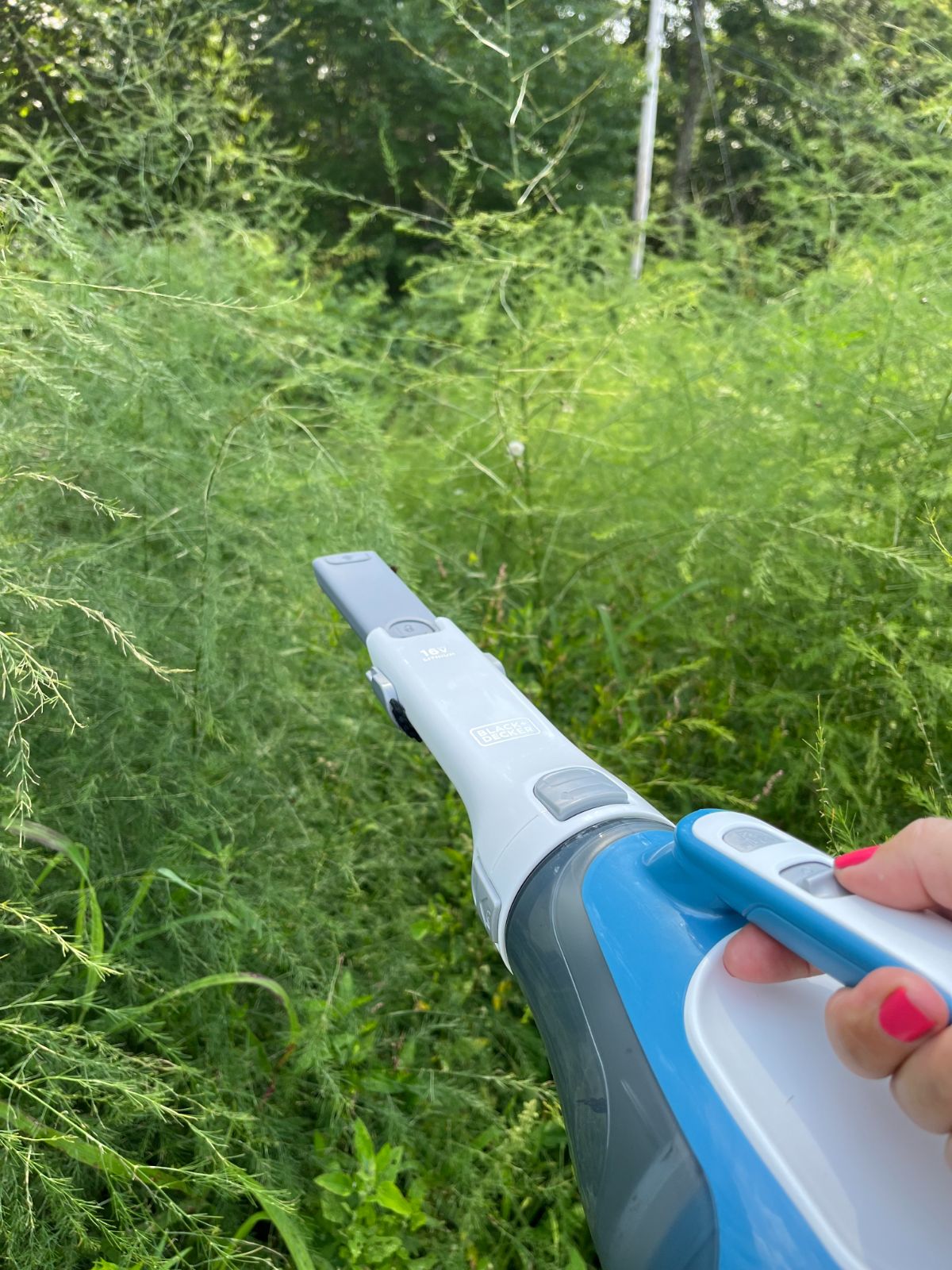
There are two main steps involved in using a handheld vacuum to collect and kill garden insects—collecting and killing.
Pest Collection
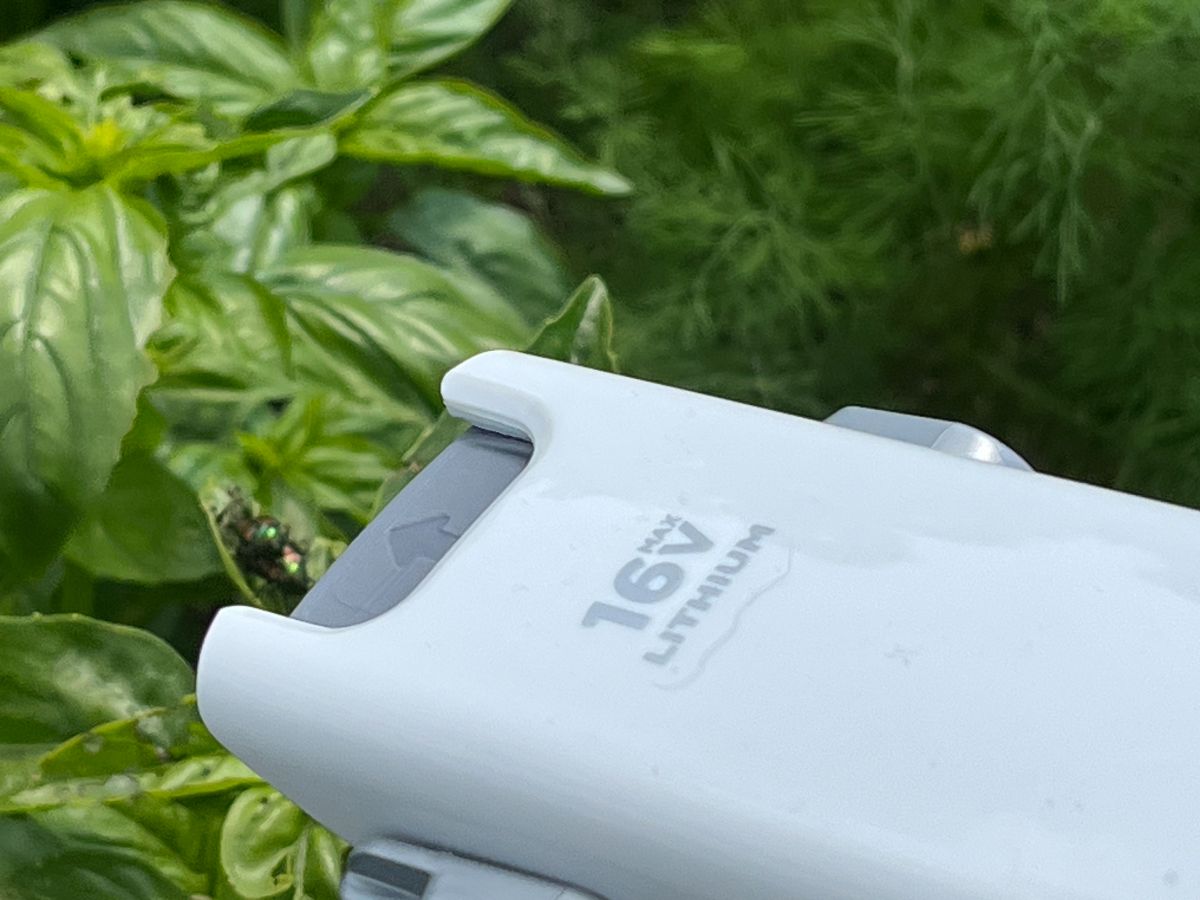
Collecting target insects is the first step. And it’s simple to do:
- First, take a look around to find the insects that are doing damage.
- If you don’t know good bugs from bad, familiarize yourself or use an insect ID app.
- Look for signs of harmful insect damage. Look for leaves with holes in them, dried, drooping, or dying leaves, or insects actively feeding on your plants.
- Work through your garden from one end to the other.
- Focus on areas with the highest concentrations of insects. These will often be gathered on specific host plants that the beetles and bugs like the most. There may be different types of pests on different plants, as many have specific host and target plants.
- Turn on the vacuum and target the end of the nozzle directly onto the insect or insects.
- You have to get in very close with the vacuum nozzle to pull the pests away from your plant. You may need to suck the leaf or stem section into the nozzle to pick up the insect.
- It helps to use the edge of the suction tube to scrape the insect off the stem; it will often fight and cling to the plant like it would in the wind or a storm, so it can take a little bit of work.
- Move to the next victims. Turn off the vacuum while you find them.
- Keep the end of the vacuum tube pointed up when not in use so you don’t accidentally spill and free your pest collection.
There is a little bit of a learning curve to doing this, but you’ll get the hang of it very quickly, and you’ll find what works best for you.
Killing Insect Pests
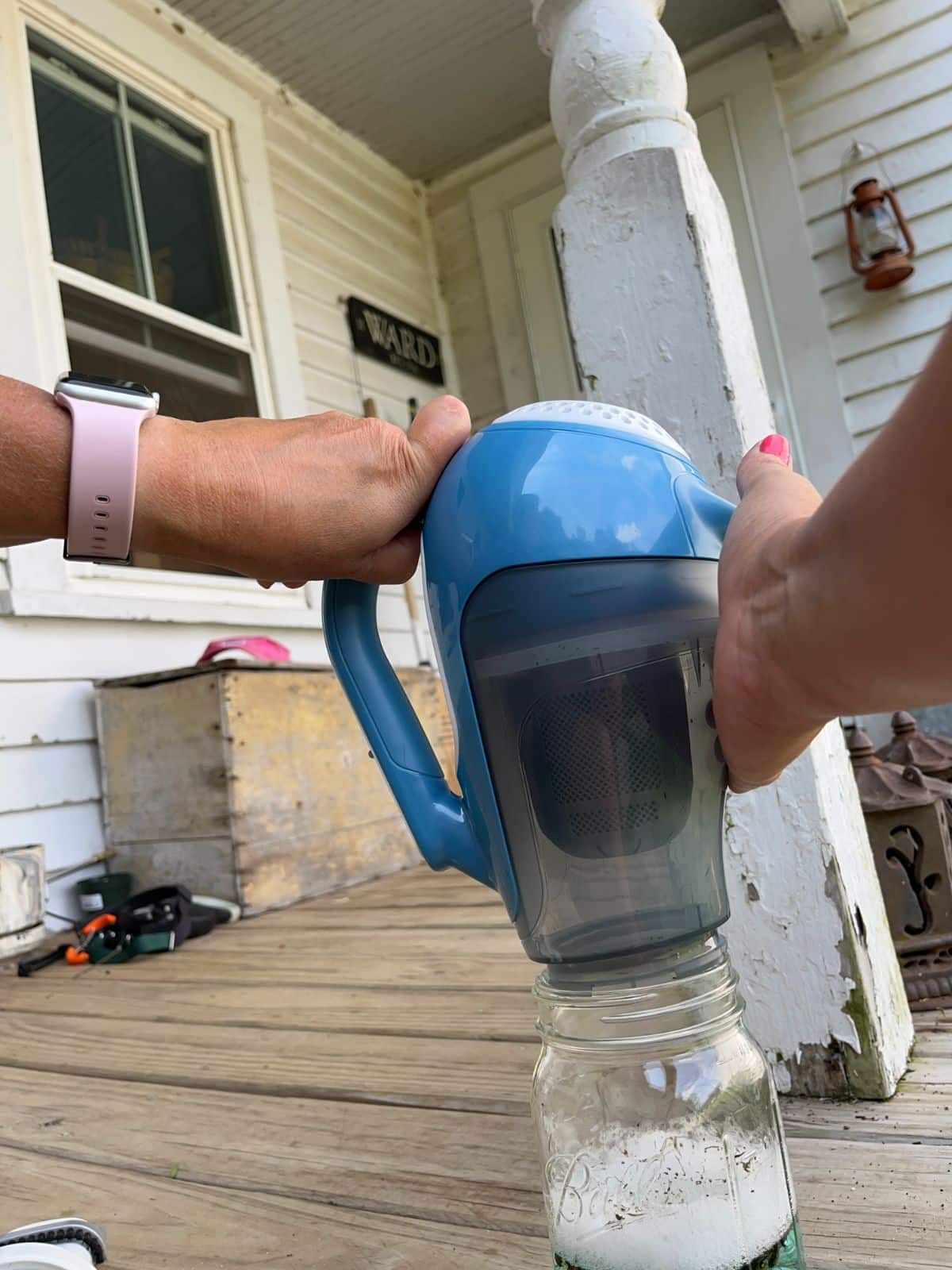
Vacuums are only designed to suck things up. In this case, to suck up bad bugs in the garden. There is nothing about a vacuum cleaner that kills an insect. This is actually good if you are looking to remove and rehome a population of beneficial or harmless bugs that is just in an inconvenient place. For example, you might want to vacuum an overwintering population of ladybugs that has called your house home for the winter, but you don’t (and shouldn’t) want to kill them. Handheld vacuums are good for this—just suck the ladybugs up and release them, unharmed, outside in the spring.
That’s not the case for harmful and chewing, garden-destroying insects.
One thing you do not want is damaging insects coming back to your garden to do more harm. Releasing them into the wild off-site only makes them someone else’s problem—and, very possibly, yours. Garden pests are very good at detecting and locating their favorite fruits and vegetables. And they’re mobile enough to come back.
So, you’ll have to take that extra step to kill the harmful insects you collect.
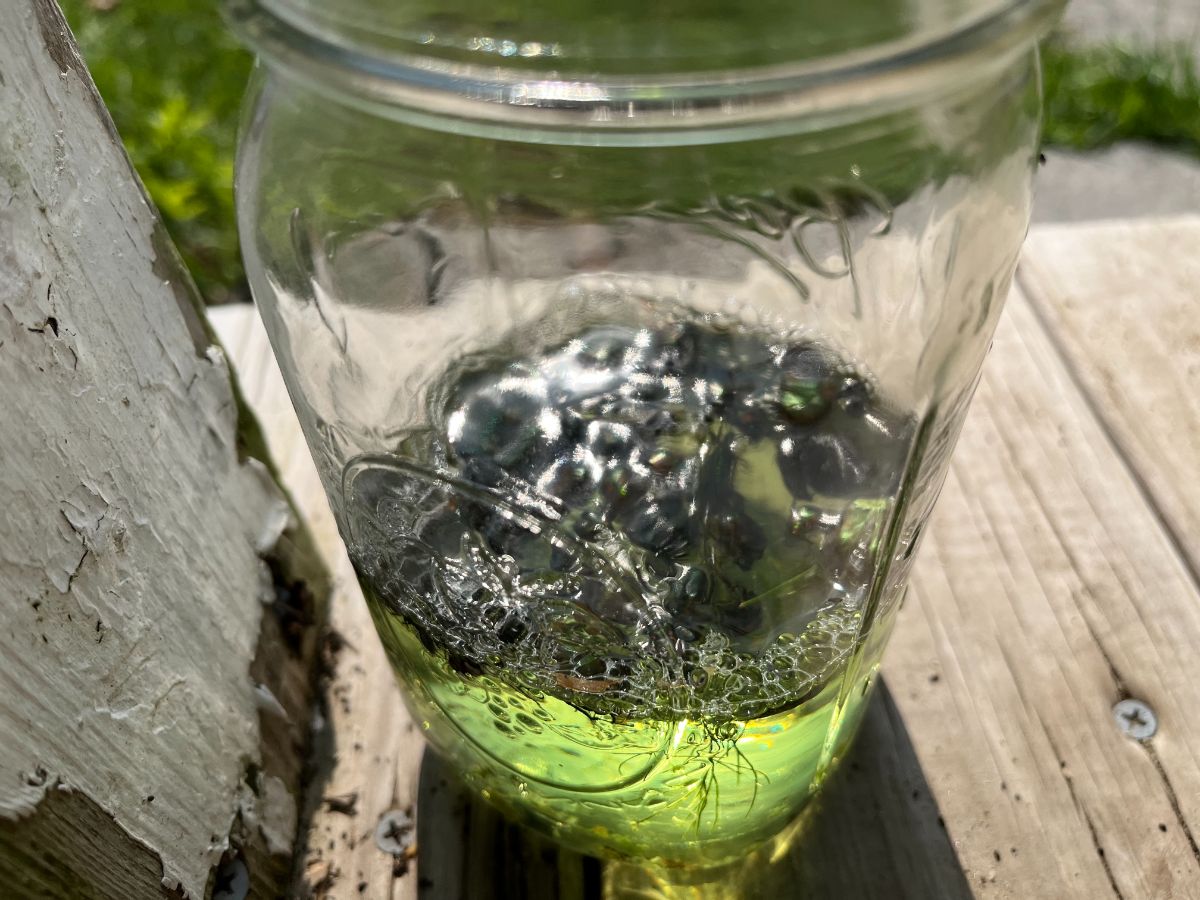
- Mix up a wide-mouth jar of warm, soapy water. Use a healthy dose of dish soap (a tablespoon or two), then run warm water into it and swirl it around so it suds up.
- Firmly tap the collection jar on the vacuum, which will make the insects fall to the bottom all in one clump.
- Work quickly and remove the collection unit, then immediately tip it into the jar of soapy water.
- Knock the insects into the water. Again, a firm slap or tap to the up-ended collection vessel will knock the bugs free and make them drop into the water. The soapy mixture will coat them and kill them.
- Once all movement has ceased and you’re sure the insects are dead, you can dispose of them outside (preferably not in your garden and not on a plant that you care about because too much soap might damage or kill the plant, especially if it is in full sun).
- Some people like to feed the beetles and pests to their chickens as a treat. If you do this, you should skip the soapy water and just dump the bugs into your chicken’s water dish or into a jar of water. There is some chance the bugs will escape even if wet, but chickens usually make short work of the beetles, and it’s not usually a big problem.
Tips for Using a Hand Vac for Garden Insect Control
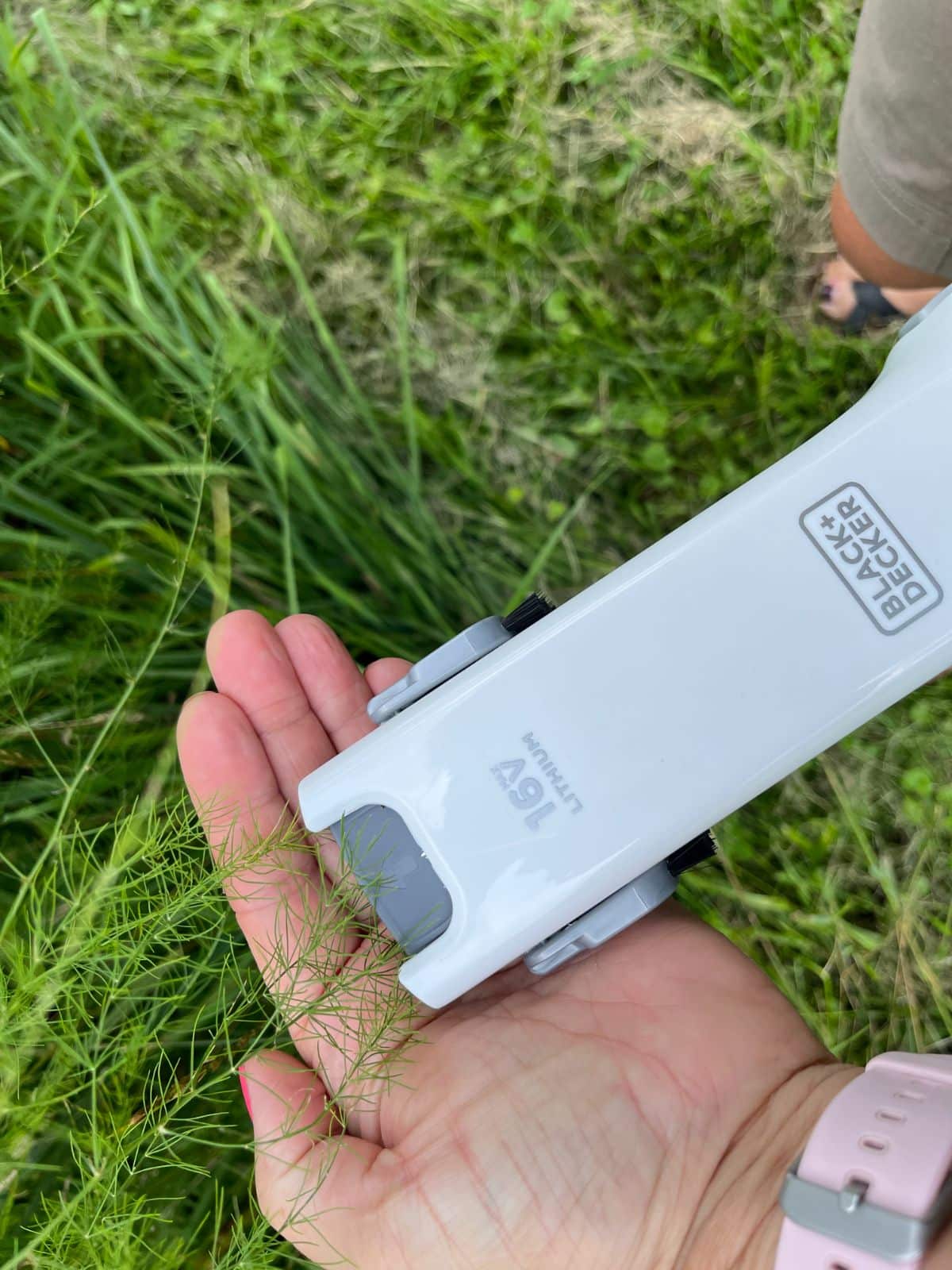
- The best time to vacuum insects is in the morning. Bugs like Japanese beetles will be present, while a lot of the bees and beneficial insects will be in their evening homes, many of which are not in the garden itself. (Many beneficial bugs are visitors or feeders who sleep and rest elsewhere). Beetles are also sluggish and lethargic in the cool of the morning and easier to “catch.”
- Don't be afraid to suck up a little leaf or plant matter in the vacuum. You’ll find that leaves, and their attachments are almost always stronger than the insect’s attachment, and you can suck up the leaves, pull off the insect, and often leave the plant unharmed.
- A little plant damage is better than the widespread, killing damage of chewing, disease-spreading insects. Even if you do rip a leaf or pull one off, your plant can withstand that damage. It is far better than your plant trying to heal and deal with killing insects.
- As long as you know the pest isn’t a biter or a stinger, it helps to cup the bug as you reach up with the vacuum nozzle. Just put your hand under the bug as the vacuum sucks it up. The resistance increases the vacuum pressure and gets better suction onto the bug. If you don’t like touching insects, use a small, sturdy piece of cardboard as your backing.
- Bring the vacuum up from the underside of the insect. Insects, especially beetles, tend to drop to the ground when they sense you’re there. If they beat you to the punch, you can catch them while they fall.
- Don’t leave the vacuum running continuously. You'll usually find that it isn’t the noise of the vacuum that excites insects and makes them take flight. Your movement and shadows are more likely to alarm them. Handheld vacuum cleaners have limited battery life—they're made for short, spot jobs, not for continuous hours of cleaning. Shut the vac off while you walk around and scout out bugs to save the battery and let you cover more distance.
- Beetles (one of the best bugs to wipe out with a hand vacuum) will usually drop when they sense danger (you). They’ll usually just drop off the plant straight to the ground. You can still suck them up from there.
- For the soapy water, it helps to use a container with a mouth that closely matches the size of the opening to the size of the opening on the collection bin. To keep from knocking it over, it’s better to use one with some weight to it. A wide-mouth one-quart canning jar is good.
Features to Look for in an Insect Vacuum

- Cordless—which seems obvious, but is a must—so you have the freedom to cover all areas of your yard and garden
- Powerful suction—there's a limit to what you can get in a handheld vacuum, but you do want something with enough power to pull insects off when they’re hanging on. For this purpose, the cheapest isn’t the best.
- Rechargeable
- Long battery life (within reason—you can probably only expect about a half hour of continued battery life in the best of cordless handheld vacs)
- Extensions that telescope out to help you reach high places or interiors of bushes and large shrubs
- An inside flap—look for a vacuum that has a flap that closes when the vacuum is not in use—one that closes the collection chamber off from the tube or suction end of the vacuum. Remember that the vacuum will not kill the insects, it will only collect them. A flap will keep them collected inside until you are finished and will not let them crawl back out when the vacuum is off.
- An optional brush unit to help brush stubborn insects into the suction tube (bonus points if it is attached and easy to fold down when you want to use it)
- Not too big an opening so you can target the right bugs, but not too small, either
- Kids bug vacs work, too but tend to be smaller, fill up quickly, and may go through a lot of batteries
There are many choices out there. Here’s a mid-priced handheld vacuum that we’ve had good luck with.
- Dustbowl capacity 13 Ounces; Lithium technology provides strong suction and extended run time, 2.5 Amp Hours
Is there a downside to using handheld vacuums and insect vacuums for garden pest control?

If there’s a downside, it’s a minor one.
The biggest drawback to using a handheld vac or “Dust buster” type vacuum for controlling garden bugs is that there is a time commitment to it. It takes some time to go around your garden sucking up the bad bugs.
It is also not usually a “one and done” deal. You’re unlikely to get all the bag bugs in the first go around. New generations are probably already laid and will soon be hatching, depending on the insect and its life cycle. It will take repeated and regular vacuuming to keep insects at a low and uneventful level.
On the other hand, there is almost no insect control method that will be “one and done”. Whether you use harsh synthetic chemical pesticides or organic treatments, you almost always need to apply them more than once. If the weather is wet and pesticides are washed away, you may need to apply them more often. And that means more exposure for yourself, your family, pets, children, and beneficial bugs.
The Future of Controlled Garden Pests
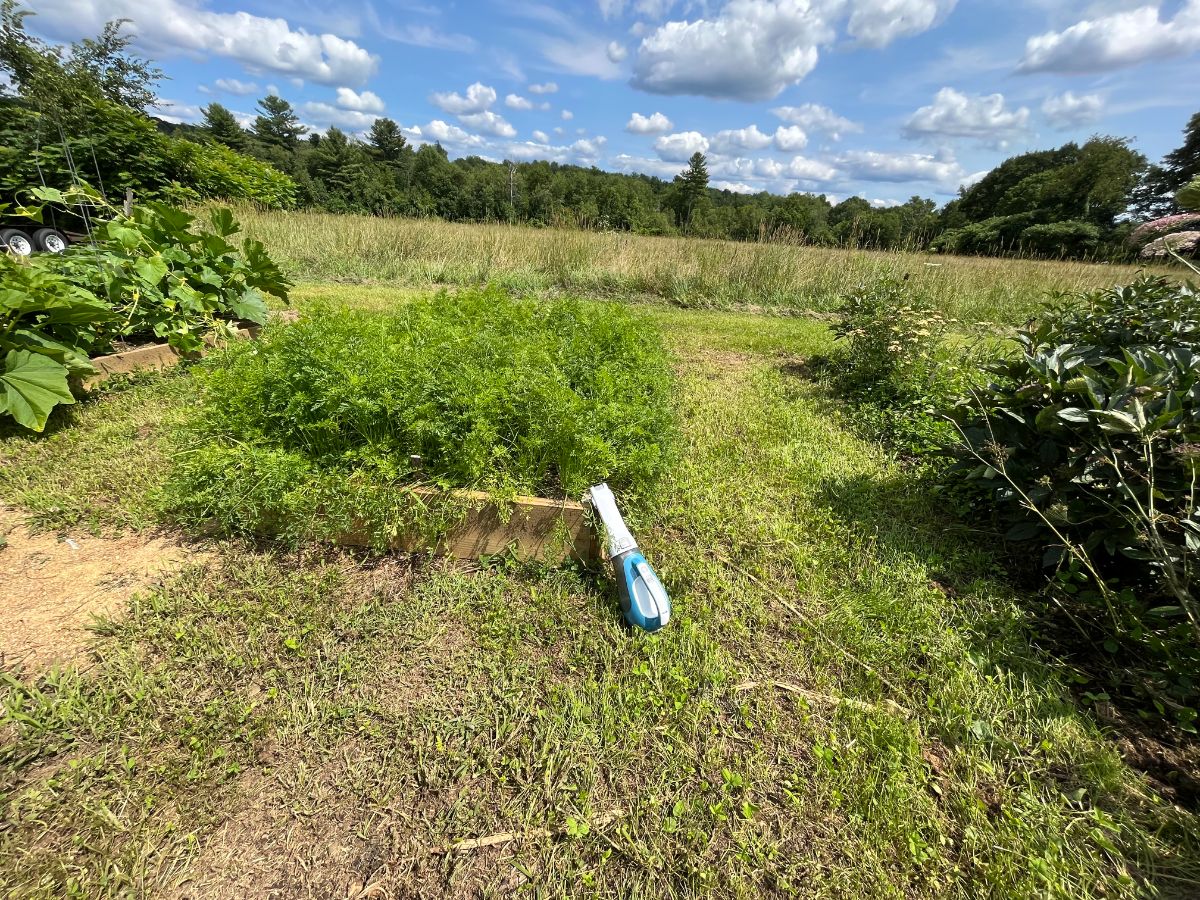
Good, steady control of damaging garden insects over the course of the season can turn into better control over the long term. But—you can’t expect to have no insects to deal with year to year.
The reason for this is that insects are mobile. They scout and search for places to lay new eggs and larvae. They look specifically for their host plants, and many insects only have one or a few plants they can feed on to survive. They blow in on the wind and come in on plants.
That said, it always helps to control harmful pest infestations for both the short and the long term. When you reduce the number in one year, you reduce the number of pests that are laying eggs that can overwinter to start next year’s bug explosion. So even if you don’t kill every last one, or more move into the neighborhood, you’re still doing a lot to limit the number of insects and their impact on your garden.
The key to successful pest control in the garden is vigilance combined with conscientious gardening that works in tandem with nature and its allies. A harmless method of bad bug control—like vacuuming and killing only targeted insects—is an excellent way to achieve that.

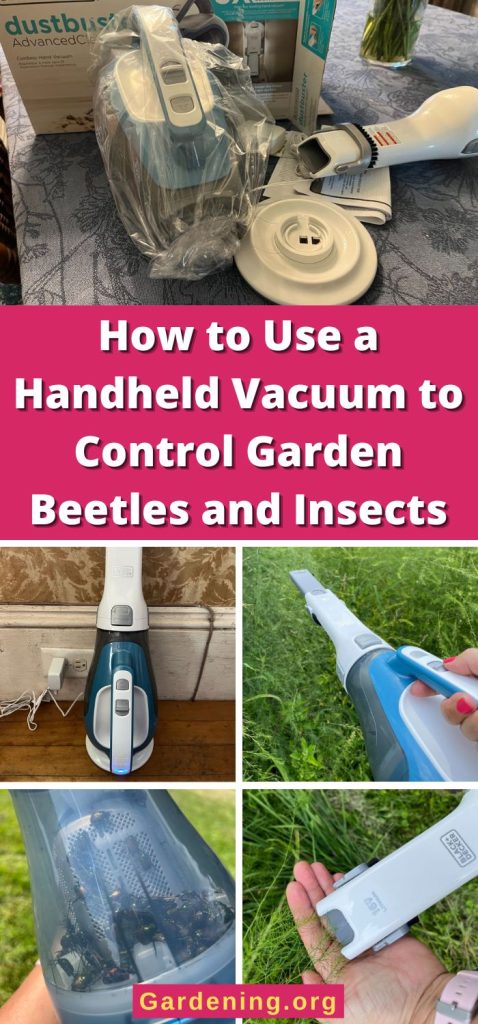
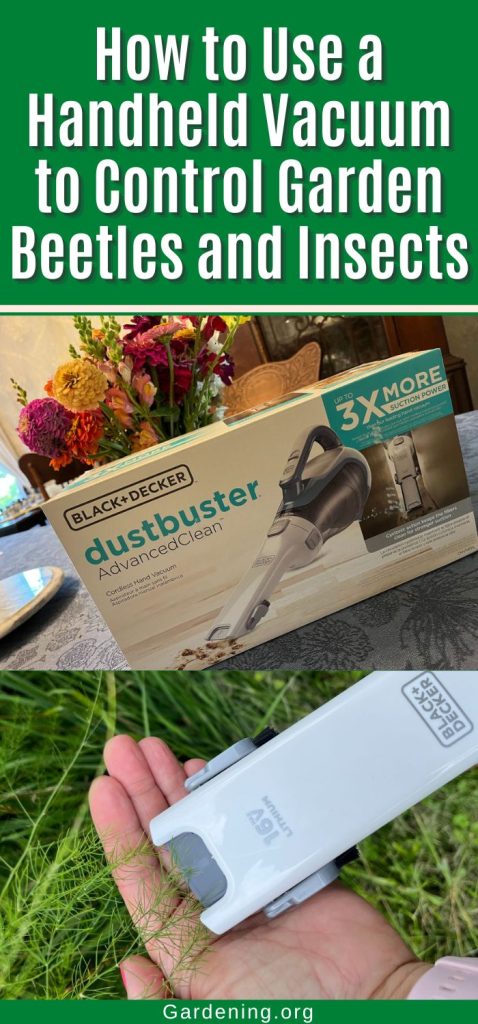
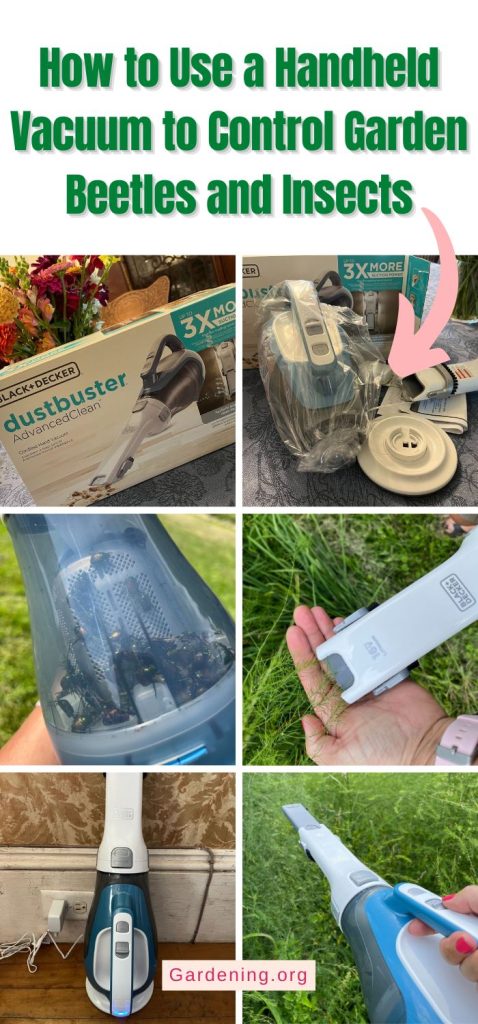


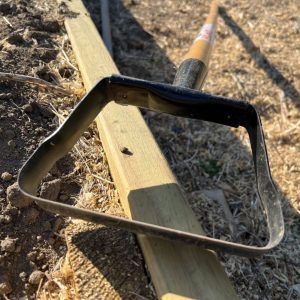
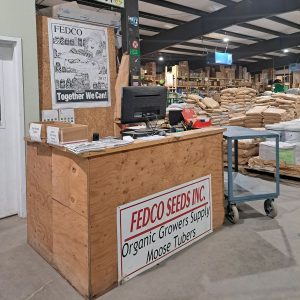
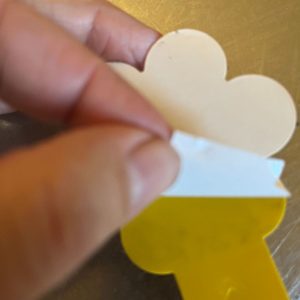
Leave a Reply